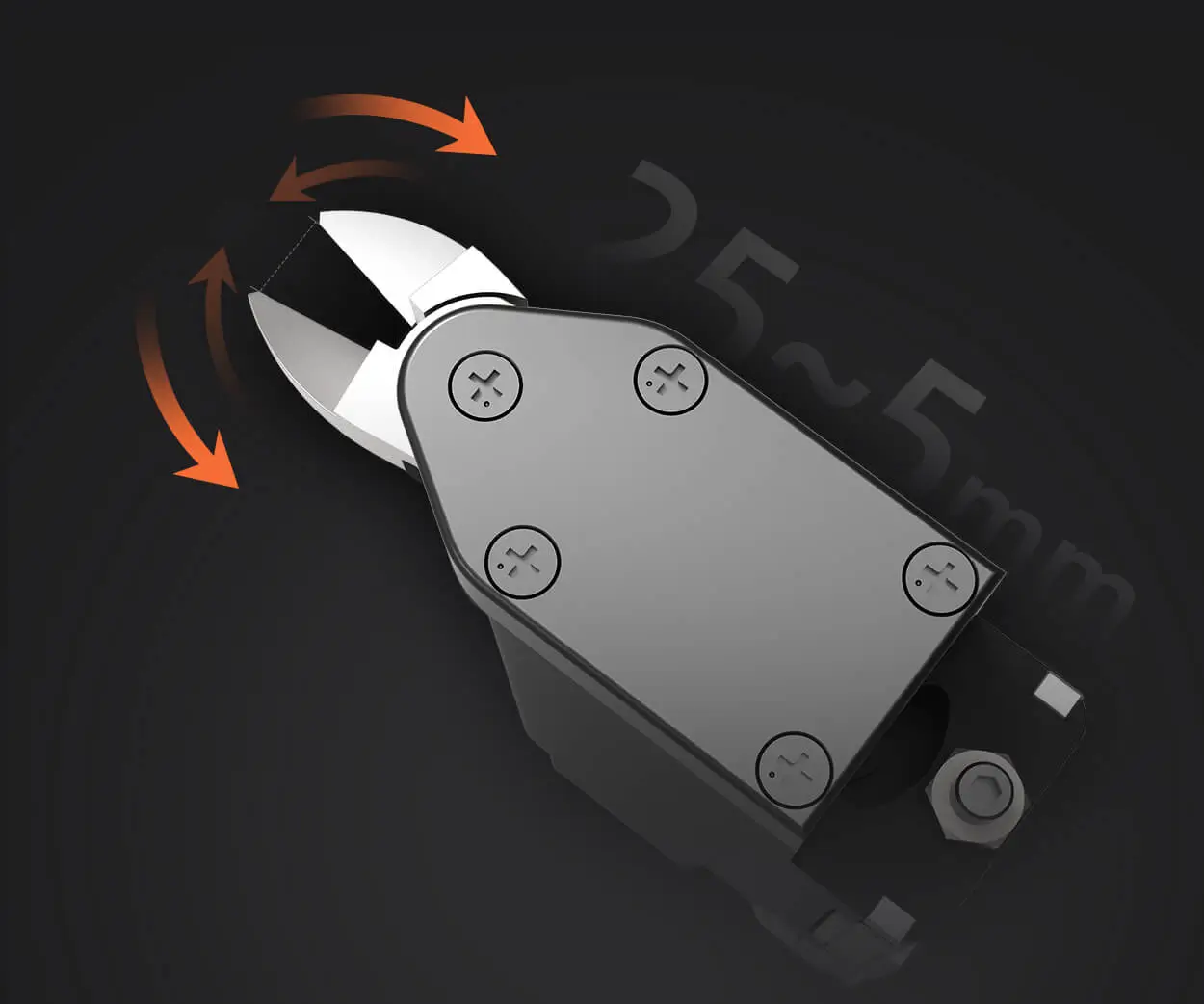Certainly! Here’s the first part of a compelling, detailed soft article centered around "high precision servo motor." I will craft it to be attractive, engaging, and informative, with the second part following in a subsequent message.

part 1:
Unleashing Precision and Power: The Revolutionary World of High Precision Servo Motors
In an era where technological advancements redefine the boundaries of industrial performance, the humble motor stands at the forefront of innovation. Among these, the high precision servo motor has emerged as a cornerstone of modern automation, robotics, and motion systems, combining unmatched accuracy with robust power. Whether orchestrating the delicate movements of a surgical robot or driving high-speed packaging lines, these motors are shaping the future of manufacturing and beyond.
The Evolution of Motion Control
The journey of servo motors traces back to fundamental principles of electromagnetism and mechanical engineering. Early motors prioritized brute force and simple controls, suitable for basic tasks. However, as applications demanded more finesse—finer movements, tighter tolerances, faster response times—the focus shifted toward precision and adaptability.
High precision servo motors are engineered to address these challenges. They integrate sophisticated control algorithms, high-resolution encoders, and advanced materials that collectively provide unparalleled control over position, velocity, and torque. This evolution has enabled industries to execute complex tasks with minimal error, opening new vistas of possibilities.
What Makes High Precision Servo Motors Stand Out?
At their core, these motors boast several key features that distinguish them from standard motors:
Exceptional Accuracy: With low backlash and high-resolution encoders, they can position loads with sub-micron precision, crucial for applications where every micrometer counts.
Fast Response Time: Their design ensures rapid acceleration and deceleration, enabling swift adjustments to changing operational conditions.
Stable Torque Output: They maintain consistent torque across operational ranges, ensuring smooth operation and reducing mechanical wear.
Intelligent Control Systems: Modern servo drives incorporate real-time feedback loops, adaptive algorithms, and diagnostic capabilities, facilitating seamless integration into complex automation frameworks.
Durability and Reliability: Crafted with high-quality materials and precision manufacturing techniques, these motors sustain long operational life even under continuous heavy loads.
The Anatomy of a High Precision Servo Motor
Understanding what makes these motors so special requires a closer look at their components:
Rotor and Stator: Precisely engineered to optimize electromagnetic interactions, leading to smooth, accurate rotation.
Encoders: High-resolution sensors that constantly provide feedback to the control system, ensuring the motor's movements align exactly with commands.
Control Electronics: Sophisticated drive units interpret signals and dynamically adjust current and voltage, fine-tuning movement in real time.
Materials: Use of high-grade magnets, insulation, and bearings reduces magnetic flux loss and mechanical friction, enhancing accuracy and longevity.
Industries That Rely on High Precision Servo Motors
From the micro-world of semiconductor fabrication to the macro realm of aerospace, these motors are integral:
Industrial Robotics: Precision assembly, welding, and manipulation tasks require meticulous control for flawless output.
Aerospace and Defense: High accuracy positioning of antennas, laser systems, and satellite components.
Medical Equipment: Surgical robots and diagnostic machines depend on precision for patient safety and procedural success.
Automotive Manufacturing: Robotic arms and machining centers benefit from rapid, accurate movements to meet quality standards.
Optics and Photonics: Precise alignment and adjustment of lenses, mirrors, and laser devices.
Advancements Driving the Future
The rapid pace of innovation continually pushes the boundaries of what high precision servo motors can achieve:
Integration of AI and Machine Learning: Enabling predictive maintenance, adaptive control, and self-optimization of motion profiles.
Wireless Communication: Facilitating easier integration into complex networks and remote operation scenarios.
Miniaturization: Developing smaller yet more powerful motors for compact applications like wearable devices or micro-robots.
Eco-Friendly Designs: Emphasizing energy efficiency to reduce operational costs and environmental impact.
Challenges and Opportunities
While the benefits are profound, hurdles such as cost, complexity of integration, and thermal management persist. However, ongoing research aims to address these issues by developing more affordable components, smarter control algorithms, and innovative cooling solutions.
As industries evolve, high precision servo motors are poised to become even smarter, more versatile, and more integral to automotive automation, advanced manufacturing, and emerging fields like space exploration.
Kpower has delivered professional drive system solutions to over 500 enterprise clients globally with products covering various fields such as Smart Home Systems, Automatic Electronics, Robotics, Precision Agriculture, Drones, and Industrial Automation.




































